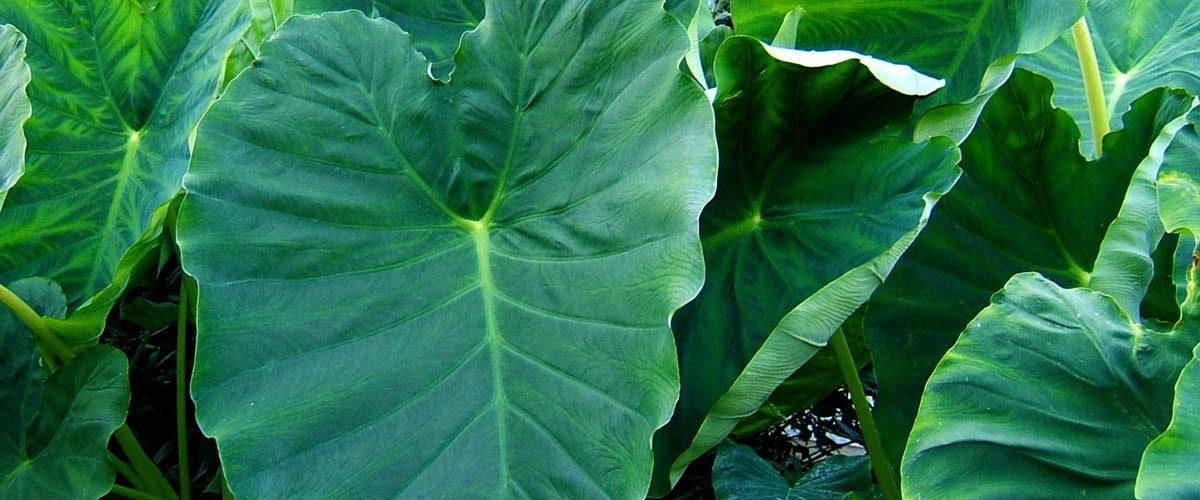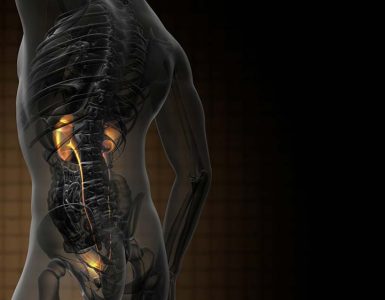Colocasia esculenta commonly known as Cocoyam and the leaves are known as Mpoto ede (Igbo language) in the Eastern part of Nigeria. It is cultivated mainly for its edible corms/tubers and serves as food throughout sub-tropical and tropical regions of the world. The leaves may be consumed however; its consumption among the urban dwellers in Nigeria is uncommon unlike the tubers1.
The fresh leaves may be boiled and utilized as a vegetable to supplement carbohydrate meals or in soups. They may also be harvested and sun-dried to make them available during periods of shortages in dry seasons1.
In Nigeria, C. esculenta leaves is underutilized as a leafy vegetable especially among the urban dwellers. Fear of its safety for consumption and inadequate information on the nutritional potentials may seem as the reasons for its under utilization. Therefore a new study was carried out to investigate its nutritive value, proximate composition and the changes due to processing by sun-drying and boiling on these parameters2.
The comparison of the fresh leaves with the boiled leaves revealed that boiling reduced the ash, protein, fat and fiber contents while the moisture, carbohydrate and caloric contents increased. Upon sun-drying, all the parameters were increased except fiber and moisture contents which showed mild and marked decrease, respectively.
Higher values of all minerals analyzed were observed in sun dried leaves than in fresh leaves and boiled leaves except for copper, phosphorus and zinc. It is well known that sun-drying processing improves the nutritional value of vegetables.
Ash content of any sample is an index of the total mineral content. A value of 9.0% obtained in the fresh leaves suggested that the leaf is a good source of mineral elements. The moisture content of the fresh leaves which gave a value of 83.0% agreed with the fact that high content of moisture is usually found in leafy vegetables. Increased water absorption occurred during boiling and this explained the increased moisture content observed in boiling leaves, thus enhancing perish-ability.
The study had shown that boiling may decrease the protein, fat, fiber and ash content of Colocasia esculenta leaves. Specifically, sun-drying improved the carbohydrate, protein, fat and ash content of the leaves. The leafy vegetable can be recommended as a good source of calcium, potassium, sodium, iron and copper to help combat malnutrition in developing countries. The consumption of the leaves is therefore encouraged as supplementary source of nutrients to accompany carbohydrate staple diets of the indigenous people of Nigeria.
Keywords:
Colocasia esculenta, african leafy vegetable, cocoyam, proximate analysis, mineral content, sun-drying, boiling, carbohydrate, protein, fat, ash content of the leaves, supplementary source.
References:
- Ogunniyi, L.T., 2008. Profit efficiency among cocoyam producers in Osun state, Nigeria. Int. J. Agric. Econ. Rural Dev., 1: 38-46.
- N.C. Azubuike, U.C. Maduakor, I.T. Ikele, O.S. Onwukwe, A.O. Onyemelukwe, D.U. Nwanjiobi, I.J. Chukwu and P.U. Achukwu, 2018. Nutritional Profile, Proximate Composition and Health Benefits of Colocasia esculenta Leaves: An Underutilized Leafy Vegetable in Nigeria. Pak. J. Nutri., 17: 689-695
















Add comment